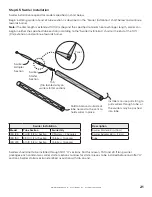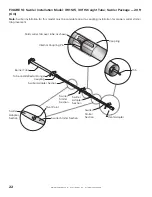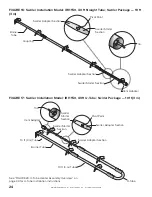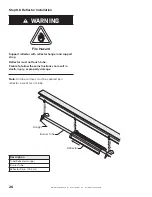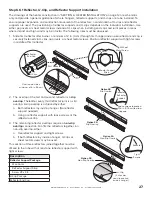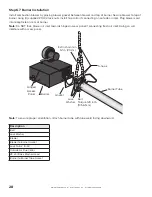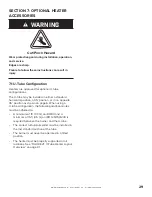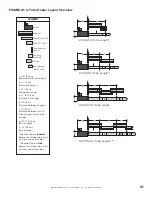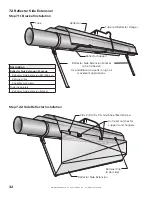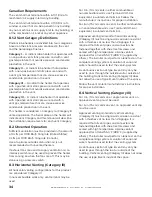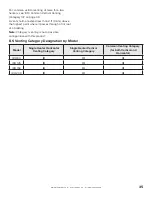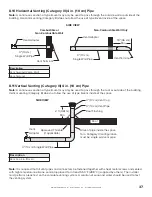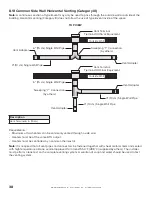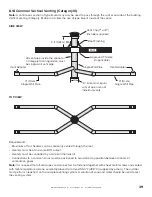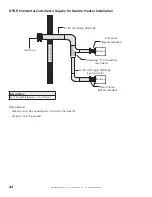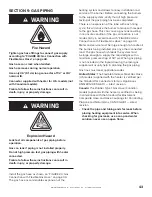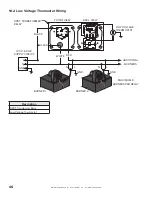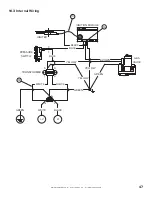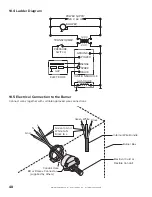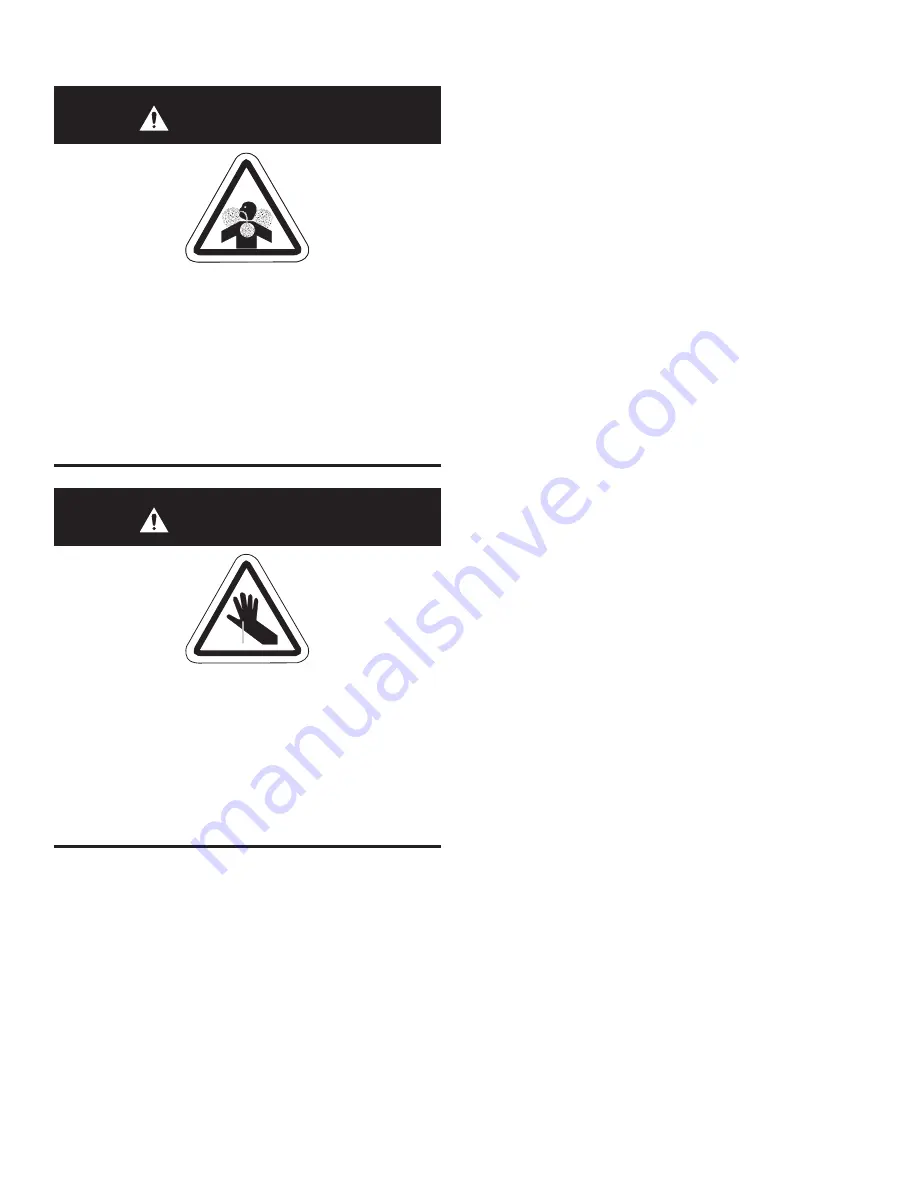
WWW.BIGASSFANS.COM © 2021 DELTA T LLC ALL RIGHTS RESERVED.
33
SECTION 8: VENTING
Warning
Carbon Monoxide Hazard
Heaters installed unvented must be interlocked
with sufficient building exhaust.
Heaters must be installed according to the
installation manual.
Failure to follow these instructions can result in
death or injury.
Warning
Cut/Pinch Hazard
Wear protective gear during installation, operation,
and service.
Edges are sharp.
Failure to follow these instructions can result in
injury.
8.1 Venting
This heater is considered a Category I or Category III
vented appliance. The Serial plate on the heater will
indicate vent Category and this manual will describe
the installation requirements for each vent Category.
This heater must be vented in accordance with the
rules contained in this manual and with the following
national codes and any state, provincial, or local
codes which may apply:
United States:
Refer to National Fuel Gas Code NFPA
54/ANSI Z223.1 – latest revision.
Canada:
Refer to Natural Gas and Propane
Installation Code CSA B149.1 – latest revision.
Exhaust end of heater will accept a 4 in. (10 cm) vent
pipe using the vent adapter. To prevent leakage of
condensation, install the vent adapter with the seam
on top and seal the joint using a high temperature
silicone sealant.
Maintain a minimum of 6 in. (15 cm) clearance around
all single wall flue pipe.
Any portion of vent pipe passing through a
combustible wall must have an approved thimble to
conform with the above listed codes.
Vent pipe must be sloped downward away from the
heater 1/2 in. (1 cm) for every 20 ft (6 m).
The heater may be individually vented or common
vented. When venting horizontally, a maximum of two
heaters can be commonly vented. See “8.13 Common
Side Wall Horizontal Venting (Category III)” on page
38. When venting vertically, a maximum of four
heaters can be commonly vented. See “8.14 Common
Vertical Venting (Category III)” on page 39.
The heater may also be installed unvented in certain
circumstances according to building ventilation
codes. Refer to the above codes and “8.2 Unvented
Operation” on page 34 for further information.
Unvented operation also requires compliance with
the clearances to combustibles given under “FIGURE
9: Venting” on page 7.
The bottom of the vent or air intake terminal shall not
be located less than 1 ft (0.3 m) above grade level.
The vent shall not terminate less than 7 ft (2.1 m)
above grade where located adjacent to public
walkways.
Vent terminal must be installed at a height sufficient
to prevent blockage by snow, and building materials
protected from degradation by flue gases.
Secure all joints with #8 x 3/8 sheet metal screws.
Seal all joints with high temperature silicone sealant.
Vent terminal must be beyond any combustible
overhang.
8.1.1 United States Requirements
Vent must terminate at least 3 ft (0.9 m) above any
forced air inlet located within 10 ft (3.1 m).
Vent must terminate at least 4 ft (1.2 m) below, 4 ft (1.2
m) horizontally from, or 1 ft (0.3 m) above any door,
operable window, or gravity air inlet into any building.
Summary of Contents for IRH
Page 4: ......



